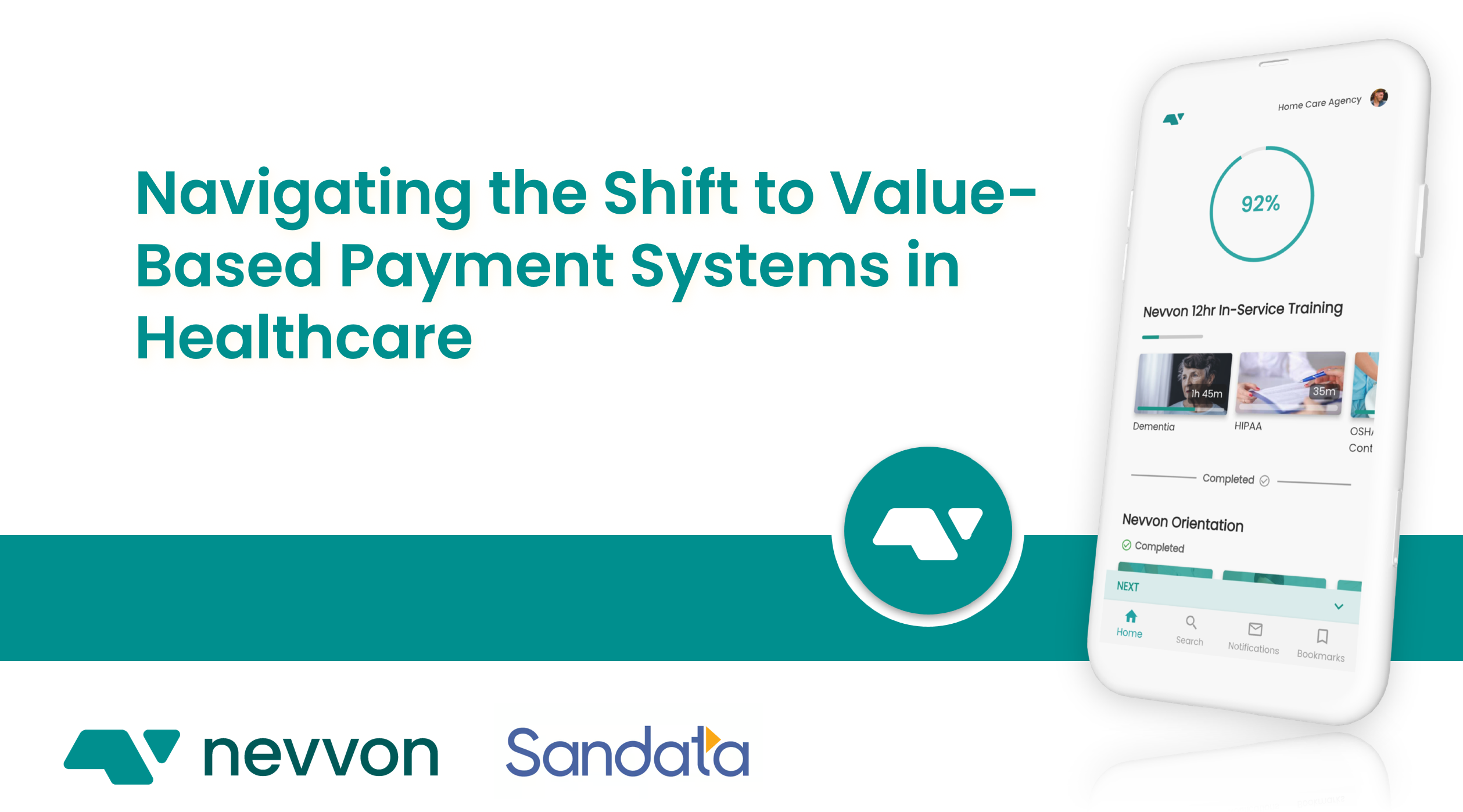Click here to view the Webinar recording
Introduction to Value-Based Payments (VBP)
Value-based care focuses on the quality and efficiency of care provided. Unlike fee-for-service models, where providers are paid based on volume, VBP rewards providers for outcomes and overall patient health. This model encourages preventative care and the management of the entire care episode.
Financial Opportunities and Differences
-
Fee For Service: Payment based on volume, emphasis on acute events.
-
Value Based Payments: Payment based on outcomes, focus on wellness and preventative care. Providers are incentivized to manage the entire episode of care, enhancing overall patient health.
Value-Based Care Measures Comparison: Medicare vs. NYS MLTC
Medicare HHVBP Expanded Model:
- Improvement in dyspnea
- Discharge to the community
- Improvement in management of oral medications
- Total normalized composite change in mobility and self-care
- Acute care hospitalization
- Emergency department use without hospitalization
NYS MLTC VBP Measure Set:
-
Stability or improvement in shortness of breath
-
Stability or improvement in NFLOC score
-
Avoidance of falls and medical interventions
-
Reduced emergency room visits
-
Improved quality and timeliness of home health aide services
Patient/Client Outcomes in Home Health & Home Care
The VBP model prioritizes patient satisfaction and outcomes. Metrics include the percentage of clients experiencing falls, requiring emergent care, and other adverse effects. Successful management is measured through discharge success and adherence to care plans.
Clinical Management Metrics
Effective clinical management impacts VBP outcomes through:
-
Customer feedback (e.g., Press Ganey surveys, NPS)
-
Google and Yelp reviews
-
Inquiry response times
-
Quality improvement programs
Use of Technology to Support VBP
Technology plays a crucial role in supporting VBP by enhancing operational efficiencies and care coordination:
-
Real-time alerts for no-shows and short visits
-
Management of authorization utilization
-
On-demand data analytics
-
EVV for real-time data collection and early warning signs
The Role of Training in Enhancing VBP Outcomes
Training caregivers is essential for value-based readiness:
-
Ongoing communication and mentorship programs
-
Incentivized and engaging training programs in caregivers' native languages
-
Technology adoption and interoperability to streamline care delivery
Conclusion
Transitioning to VBP systems necessitates a comprehensive approach involving data, technology, and continuous training. By focusing on quality and outcomes, healthcare providers can improve patient care, enhance satisfaction, and reduce costs.

